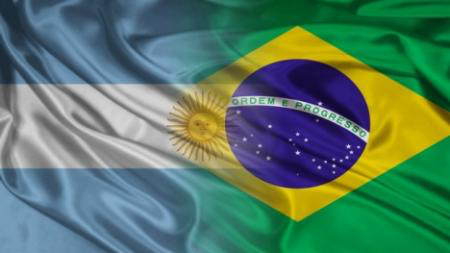Conveners
Working Group: QCD
- Norberto Scoccola
We study the behavior of strongly interacting matter under a uniform intense external magnetic field in the context of nonlocal extensions of the Polyakov–Nambu–Jona-Lasinio model. A description of the formalism is presented, considering the cases of zero and finite temperature. In particular, we analyze the effect of the magnetic field on the chiral restoration and deconfinement transitions,...
We study the thermodynamic properties of finite systems at zero chemical potential and finite temperature, in the frame of the Polyakov loop Nambu-Jona-Lasinio model for two light and one heavy quarks. Finite size effects are considered whithin the Multiple Reflection Expansion formalism. We analyze some thermodynamic quantities including the equation of state, the interaction measure, the...
The discovery of high mass Millisecond Pulsars such as J1946+3417 ($1.832
\pm 0.028 M_\odot$), J1614-2230 ($1.928 \pm 0.017 M_\odot$) and J0348+0432 ($2.01 \pm 0.04 M_\odot$) allows the
possible existence of deconfined quarks in the Neutron Stars inner core. In order to represent the matter under extremely high density conditions, we obtain a hadron-quark hybrid equation of state by...
The study of neutron stars establishes a direct connection between astronomy and nuclear and particle physics, allowing a better understanding of the behavior of matter under conditions that are difficult to reach in the laboratory. Massive neutron stars provide very important constraints on high-density nuclear matter and its associated Equation of State (EoS), which is still essentially...
We study the dynamics of inhomogeneous scalar and pseudoscalar chiral order parameters within the framework of the time-dependent Ginzburg-Landau equations. We utilize a nonlocal chiral quark model to obtain the phase diagram of the model as function of temperature and baryon chemical potential and study the formation of metastable spatial domains of matter where the order parameters acquire a...
We suggest a class of hybrid compact star equations of state which support the existence of a third family of compact stars composed of a core of two-flavor
quark matter and a shell of hadronic matter described within a relativistic meanfield model with excluded nucleon volume.
The quark matter equation of state is based on a nonlocal covariant chiral quark model with vector meson and...
